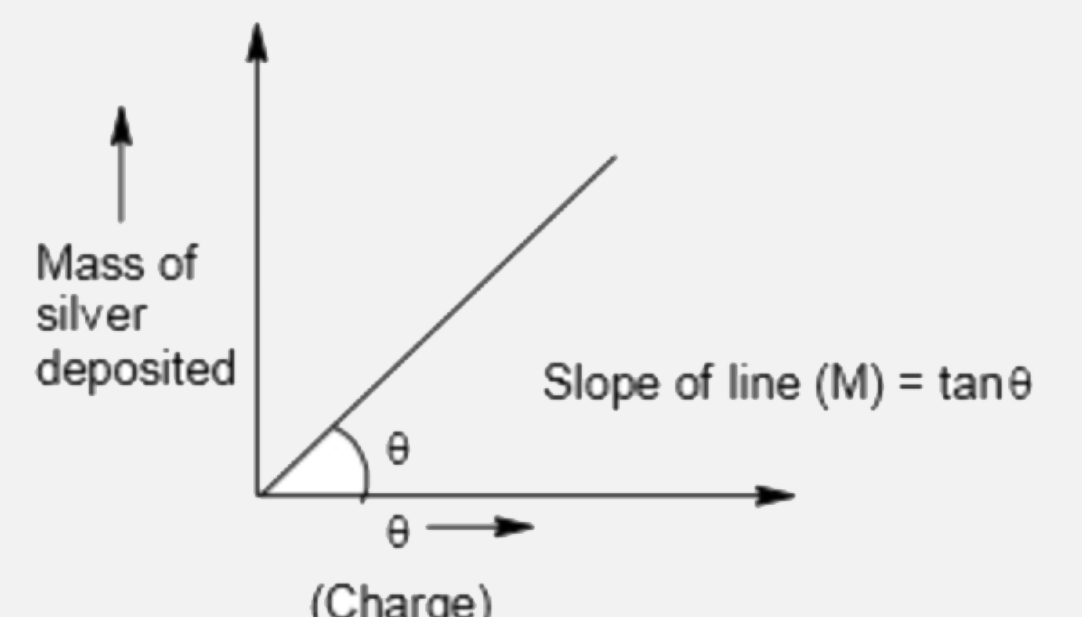A charge is moved against repulsion.Then there is
decreasing its kinetic energy
increasing its potential energy
increasing both the energies
decreasing both the energies
The correct Answer is:A, B
To solve the problem regarding a charge being moved against repulsion, we will follow these steps:
1. Identify the Charges:
Let's consider two positive charges, q1 and q2. Since both charges are positive, they will repel each other.
2. Direction of Force:
When one charge is moved against the repulsion, the force F acting on the moving charge q2 due to the other charge q1 will be directed away from q1.
3. Work Done Calculation:
The work done W when moving a charge in an electric field can be calculated using the formula:
W=F⋅s⋅cos(θ)
where:
- F is the force,
- s is the displacement,
- θ is the angle between the force and the displacement.
4. Determine the Angle:
Since the charge is being moved against the force of repulsion, the angle θ between the force F and the displacement s is 180∘. Therefore, we have:
cos(180∘)=−1
5. Substituting the Angle:
Substituting this value into the work done equation gives:
W=F⋅s⋅(−1)=−F⋅s
This indicates that the work done is negative.
6. Implications of Negative Work Done:
According to the work-energy theorem, the work done on an object is equal to the change in its kinetic energy. If the work done is negative, it implies that the kinetic energy of the moving charge is decreasing.
7. Potential Energy Consideration:
The potential energy U in an electric field is related to the work done. Since the work done is negative, the potential energy of the system is increasing. This is because moving against the electric field requires energy input, which increases the potential energy.
8. Conclusion:
Based on the analysis:
- The kinetic energy of the moving charge is decreasing.
- The potential energy of the system is increasing.
Final Answer:
- Correct Statements:
- The kinetic energy is decreasing (Option A).
- The potential energy is increasing (Option B).
Let's consider two positive charges, q1 and q2. Since both charges are positive, they will repel each other.
When one charge is moved against the repulsion, the force F acting on the moving charge q2 due to the other charge q1 will be directed away from q1.
The work done W when moving a charge in an electric field can be calculated using the formula:
W=F⋅s⋅cos(θ)
where:
- F is the force,
- s is the displacement,
- θ is the angle between the force and the displacement.
Since the charge is being moved against the force of repulsion, the angle θ between the force F and the displacement s is 180∘. Therefore, we have:
cos(180∘)=−1
Substituting this value into the work done equation gives:
W=F⋅s⋅(−1)=−F⋅s
This indicates that the work done is negative.
According to the work-energy theorem, the work done on an object is equal to the change in its kinetic energy. If the work done is negative, it implies that the kinetic energy of the moving charge is decreasing.
The potential energy U in an electric field is related to the work done. Since the work done is negative, the potential energy of the system is increasing. This is because moving against the electric field requires energy input, which increases the potential energy.
Based on the analysis:
- The kinetic energy of the moving charge is decreasing.
- The potential energy of the system is increasing.
- Correct Statements:
- The kinetic energy is decreasing (Option A).
- The potential energy is increasing (Option B).
Similar Questions
A spherical Gaussian surface surrounds a point charge q. If the charge is moved to another location inside the surface? Then total flux_____________
View SolutionTwo bodies are charged by rubbing one against the other. During the process, one becomes positively charged while the other becomes negatively charged. Then
View Solution
Knowledge Check
A charge is moving across a junction, then
Amomentum will be conservedBmomentum will not be conservedCat some places momentum be conserved and at other places momentum will not be conservedDnone of these.
If a small charge q is moved along a closed path in the field between the plates of a parallel plate capacitor, will any work be done by the agent that moves the charge?
View SolutionA charge is moved in an electric field of a fixed charge distribution from point A to another point B slowly. The work done by external agent in doing so is 100J. What is the change in potential energy of the charge as it moves from A to B ? What is the work done by the electric field of the charge distribution as the charge moves from A to B ?
View SolutionA charge is moved in an electric field of a fixed charge distribution from point A to another point B slowly. The work done by external agent in doing so is 100J . What is the change in potential energy of the charge as it moves from A to B ? What is the work done by the electric field of the charge distribution as the charge moves from A to B ?
View SolutionTwo identical metal spheres having charges +q and +q respectively. When they are separated by distance r, exerts force of repulsion F on each other. The spheres are allowed to touch and then moved back to same separation. The new force of repulsion will be
View SolutionThe force of repulsion between two point charges is F, when they are d distance apart. If the point charges are replaced by conducted sphereas each of radius r and the charges remain same. The separation between the centre of sphere isd, then force of repulsion between them is
View SolutionCalculate the deposited mass of silver which is plotted against charge in electrolysis of silver nitrate .

Slope of the line gives :
View SolutionTrue or False there is force of repulsion between particles of matter
View Solution
